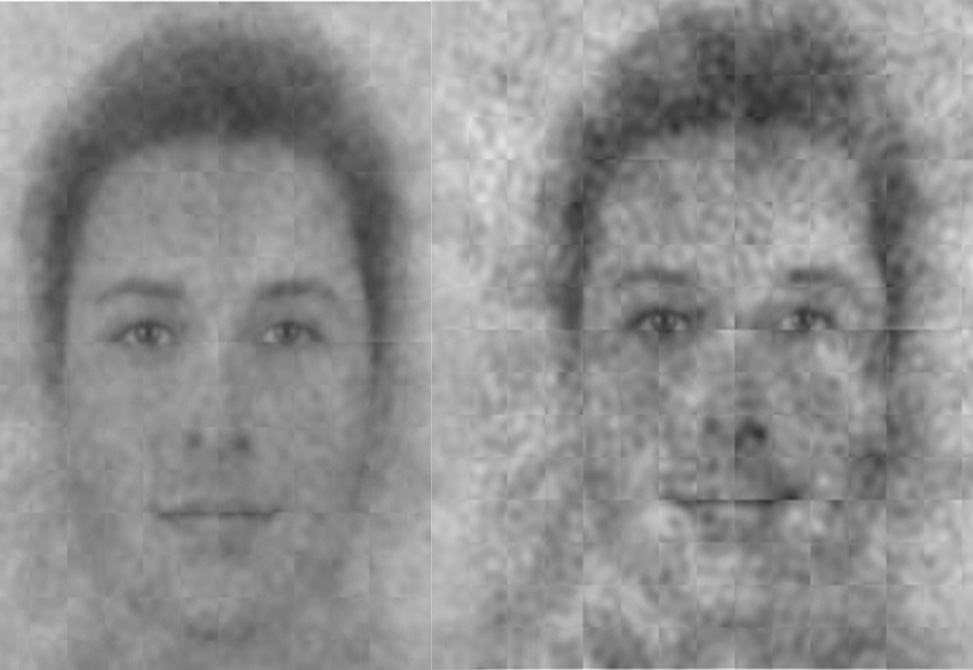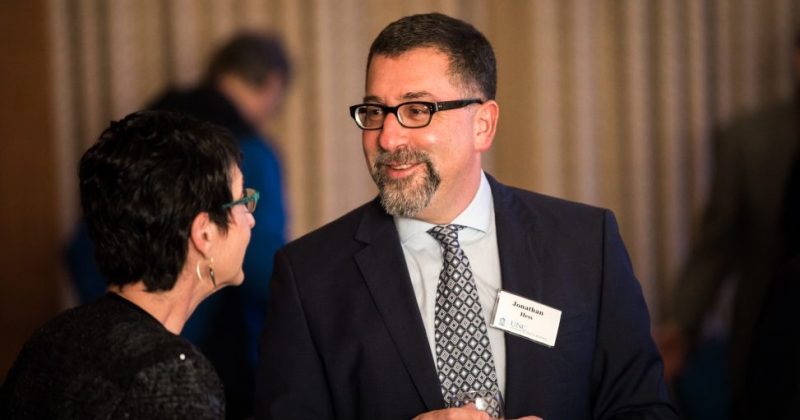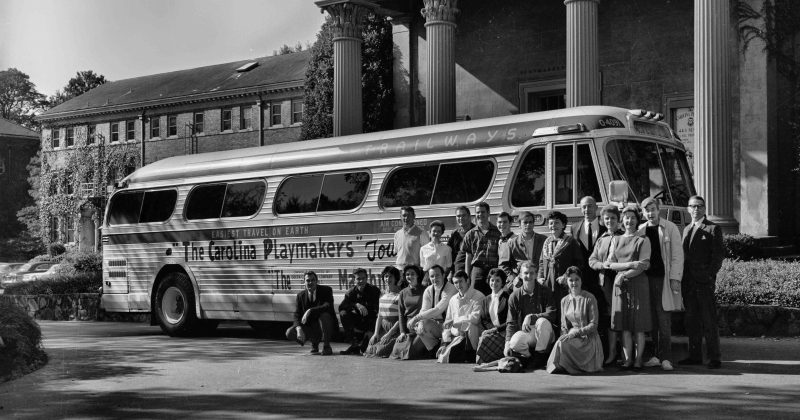
Aggregates of the images that young participants (left panel) and old participants (right panel) associated with how they viewed God. (Courtesy of Kurt Gray).
A team of UNC psychologists has used a new technique to construct what a large sample of 511 American Christians think God looks like.
Participants in the study saw hundreds of randomly varying face-pairs and selected which face from each pair appeared more like how they imagined God to appear. By combining all the selected faces, the researchers could assemble a composite “face of God” that reflected how each person imagined God to appear.
Their results were both surprising and revealing. From Michelangelo to Monty Python, illustrations of God have nearly always shown him as an old and white-bearded Caucasian man. But the researchers found that many Christians saw God as younger, more feminine, and less Caucasian than popular culture suggests.
In fact, people’s perceptions of God tended to rely partly on their political affiliation. Liberals tended to see God as more feminine, younger, and more loving than conservatives. Conservatives also saw God as more Caucasian and more powerful than liberals.
People’s perceptions also related to their own demographic characteristics. Younger people believed in a younger-looking God. People who reported being more physically attractive also believed in a more physically attractive God. And African-Americans believed in a God that looked more African-American than did Caucasians.
“People often project their beliefs and traits onto others, and our study shows that God’s appearance is no different — people believe in a God who not only thinks like them, but also looks like them,” said Kurt Gray, the study’s senior author and a professor of psychology and neuroscience.
Interestingly, however, people did not show an egocentric bias on the basis of gender. Men and women believed in an equally masculine-looking God.
The research was published in the journal PLOS ONE.
Published in the Fall 2018 issue | The Scoop
Read More

Memorial fund created in honor of Jonathan Hess
Jonathan Hess, professor and chair of the department of Germanic…

New name, new emphasis, for environmental program
A new interdisciplinary program in Environment, Ecology and Energy, E3P,…


